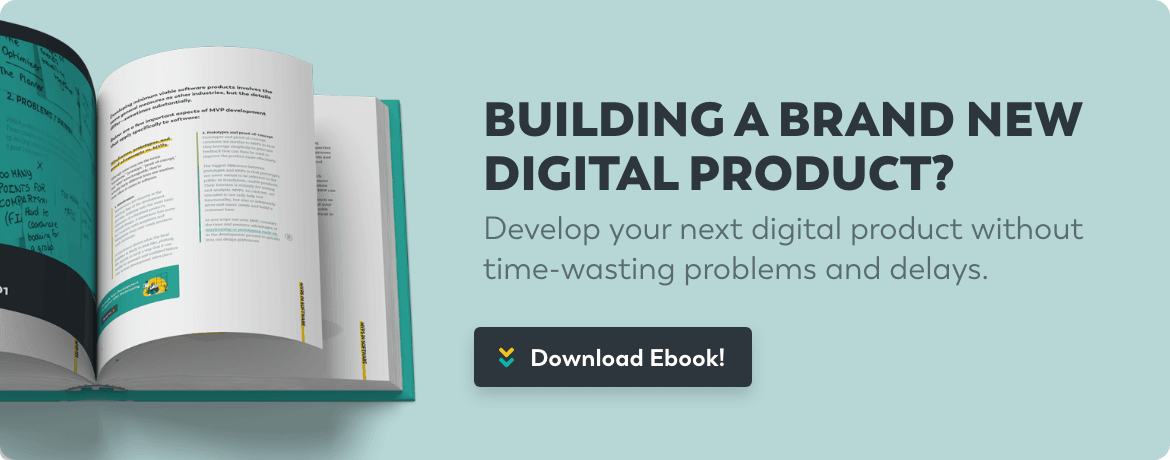The SaaS market is booming, with the industry estimated at $145.5 billion as of 2021. With this growth comes increased opportunities but also increased competition.
The way to woo customers in a crowded field is by providing value—and the best way to determine meaningful value is through value engineering.
Value engineering defined
Under a value engineering model, developers create a series of parameters that assess and improve the value of a SaaS product over its lifecycle.
Value engineering usually begins once developers have a minimum viable product. The process is a cross-collaboration between departments that include developers, marketers, HR, etc. The aim is to fine-tune the final product and provide increased value to the customer, thereby achieving maximum acquisition and retention rates while keeping costs down.
The “why” of value engineering
Value engineering in the SaaS industry can be a gamechanger for SMBs that have to compete with larger corporate entities. If implemented strategically, value engineering could help SaaS companies achieve their benchmarks, including the following.
Increase conversions
When you prioritize what matters most to customers and really emphasize the value points, conversions naturally follow. Doing this throughout the customer journey results in increased retention and reduced churn rates.
Save time through prioritization
Save time by prioritizing functions that matter most to users. For example, surveys may indicate that users find the most value in a cloud system’s one-click backup feature. Make this area the core focus of improvement. Make other areas secondary so as not to take up valuable development time.
Curtail the development cycle
You may think incorporating value engineering into your software development cycle increases time spent in scrum meetings. But the opposite is often true. Investing in a value engineering blueprint at the onset potentially saves hours spent on assessing sales initiatives, benchmarks, and key performance indicators.
Establish clear marketing initiatives
When you determine where the main value lies, your marketing team can hone in on that area. Using the same cloud one-click backup example, marketers can prioritize associating keywords for Google Ads and SEO. They can prioritize keyword bids for lucrative terms like “cloud backup solutions” or publish long-form content with those keywords.
Value engineering steps
Every company will determine its unique value engineering plan. Most blueprints include the following stages in some variation or another.
Phase 1: Information
The first phase is the information-gathering phase—collecting data and establishing the metrics. Information can be collected from:
- Budget and cost analysis
- Feedback from customer surveys
- Product specifications
- Metrics from previous company products
- Risk forecast data
Phase 2: Function analysis
Once you have the information, the next phase is to determine the key functionalities of the project. Typically, this is done by outlining values using verb/noun pairs. For example, you may determine the following to be primary functions in a SaaS product:
- Incorporate retargeting ads on the product page
- Add a note-taking app to the cloud service
- Make restoration of previous files available across all signup plans
You can create your own list of verb/noun pairs to determine primary functions and sub-categories of secondary functions.
Phase 3: Creative
Examine the functions you came up with. What creative ways can you improve on each function that adds value and/or saves money? In analyzing the function “add a note-taking app to the cloud service,” how can you optimize this for increased value to the customer? Ideas may include:
- Providing a limited version of the note-taking app in trials
- Adding features like font options, symbols, and emojis to the app
- Creating a video tutorial on how to use the note-taking app
Phase 4: Evaluation
Evaluate each of the creative ideas. One of the established examples above is providing a limited version of the note-taking app in trials. This idea is dissected and carefully evaluated to determine if it’s viable. What’s the time frame to develop a note-taking app from scratch? What are the costs? What’s the estimated number of potential users who would use this feature? What’s the outlook in terms of risk vs. reward? If the creative idea isn’t viable, it’s discarded.
Phase 5: Development
Once you’ve evaluated each function and its ideas, a blueprint is created to put them into practice. By this stage, the assigned team should have a detailed outline.
Phase 6: Presentation
The completed functions and creative ideas are presented to joint partners, investors, and stakeholders. This includes a full outline of why the function was implemented, how it adds value to the customer, and the projected increase in conversions/retention.
Make VeryCreatives part of your value engineering process
Valuing a SaaS business requires data analysis, testing, and continuous fine-tuning. Instead of doing it alone, enlist help from VeryCreatives. Our team becomes a part of yours; we’ll help you implement a detailed value engineering plan that maximizes product value, lowers cost, and optimizes the sales funnel process.
Book a call and get started today!
